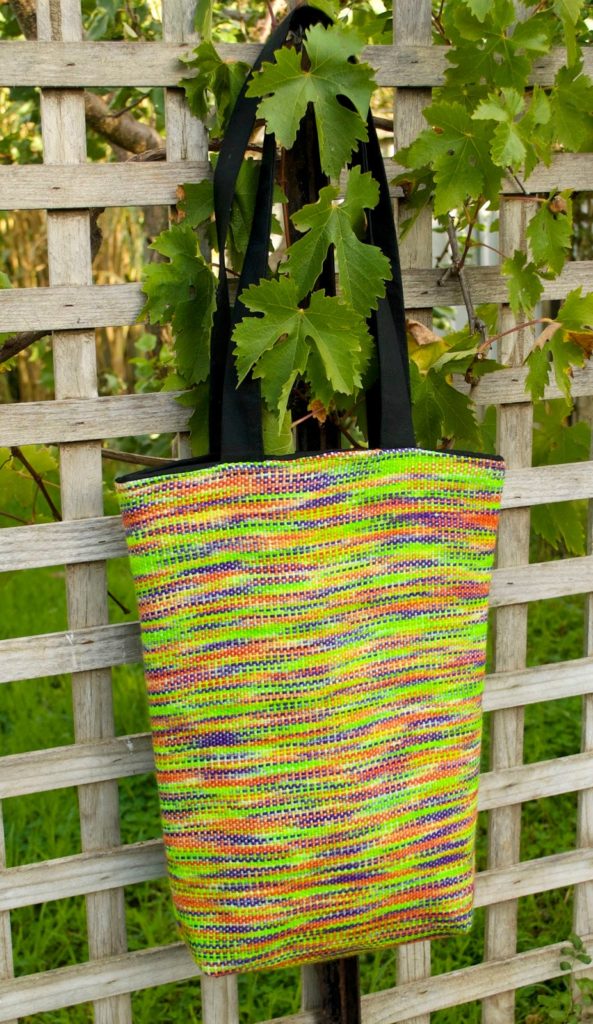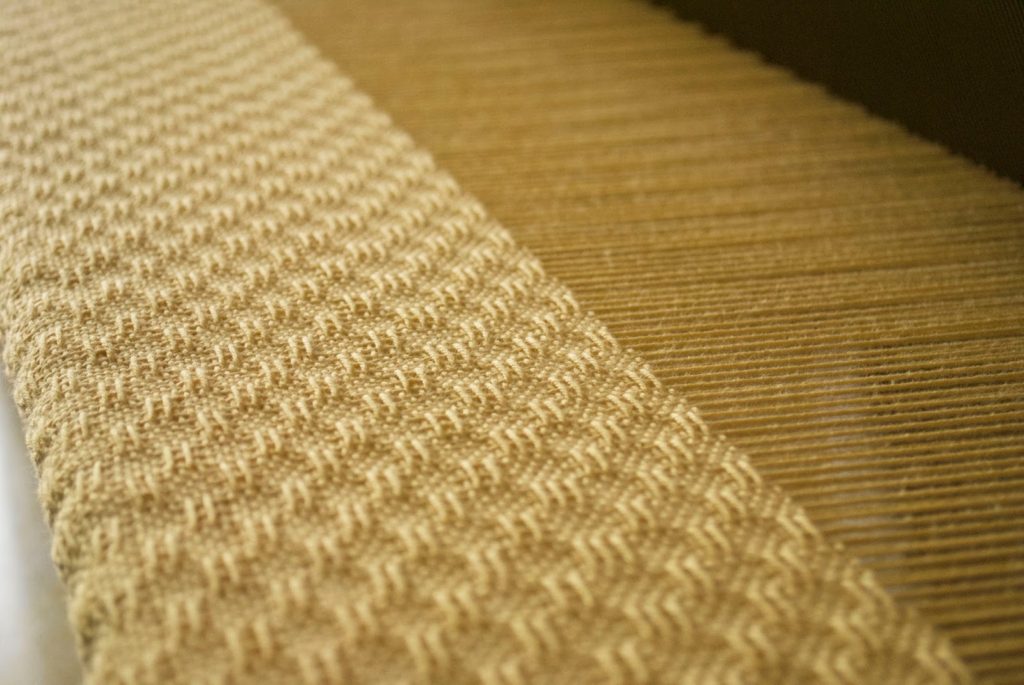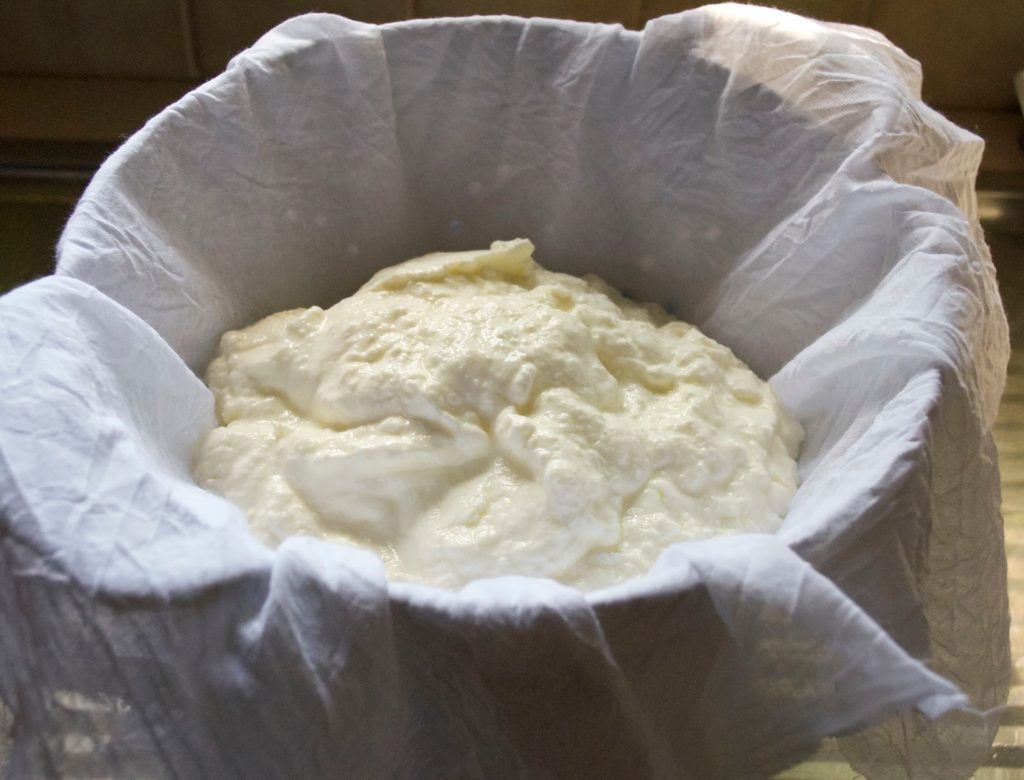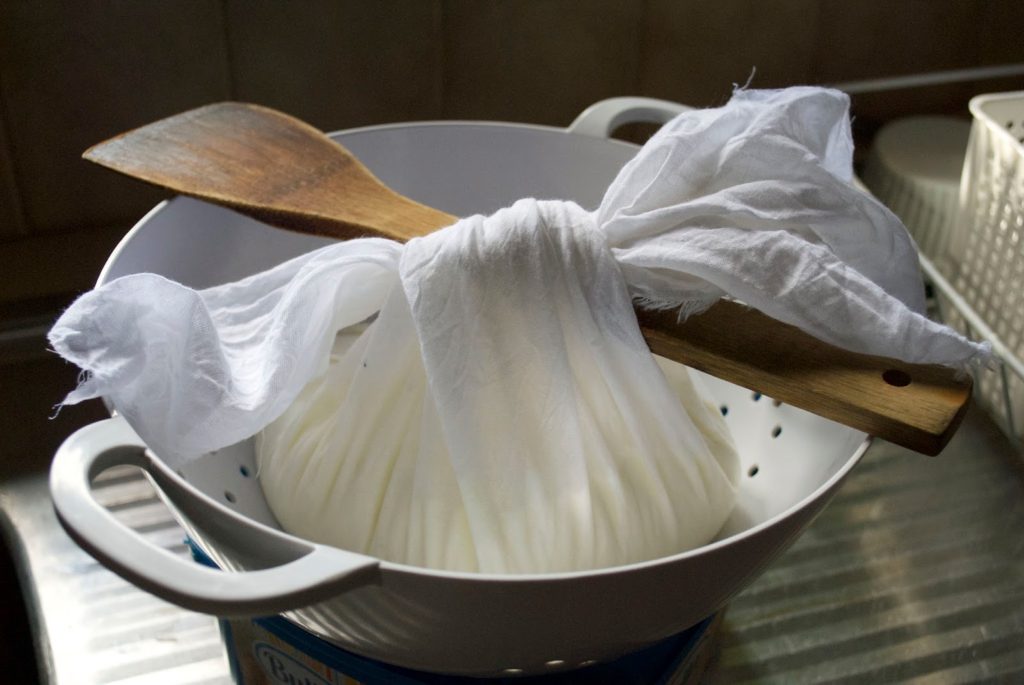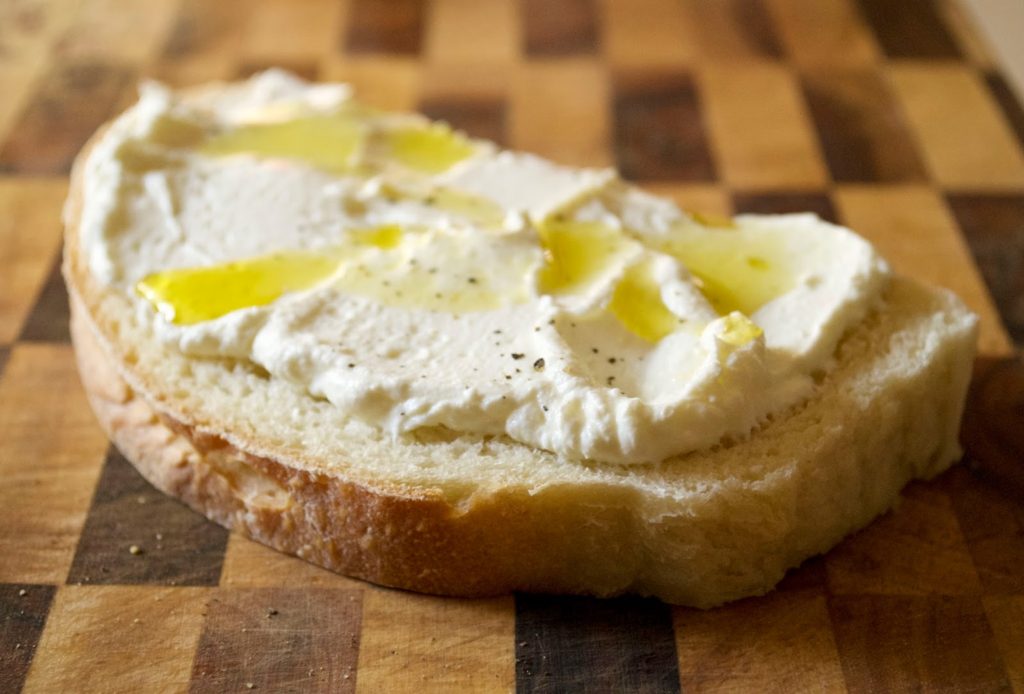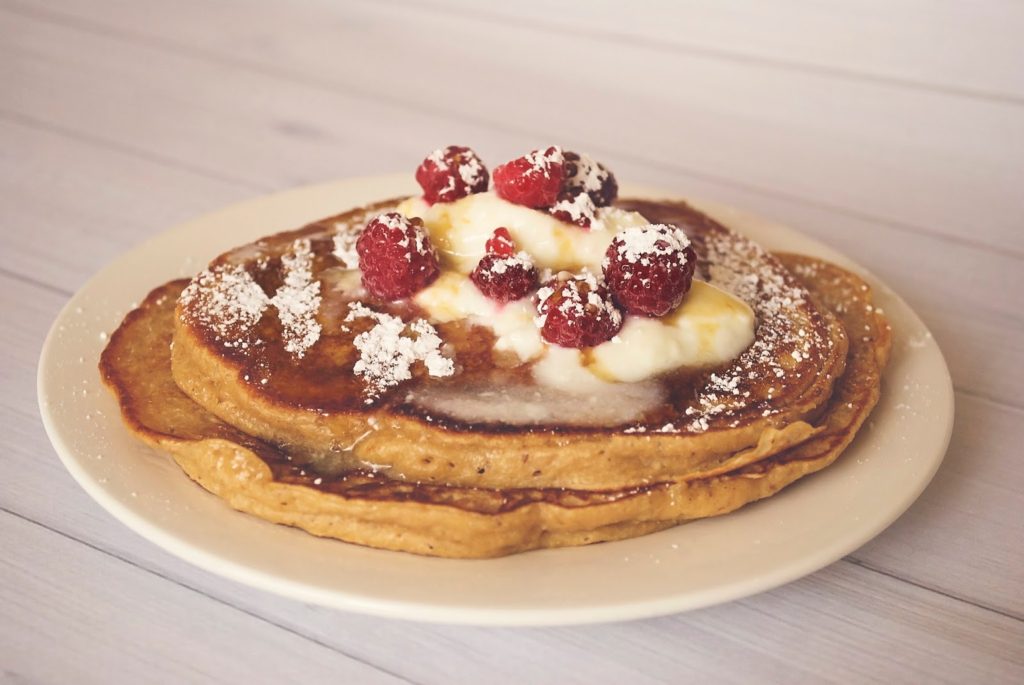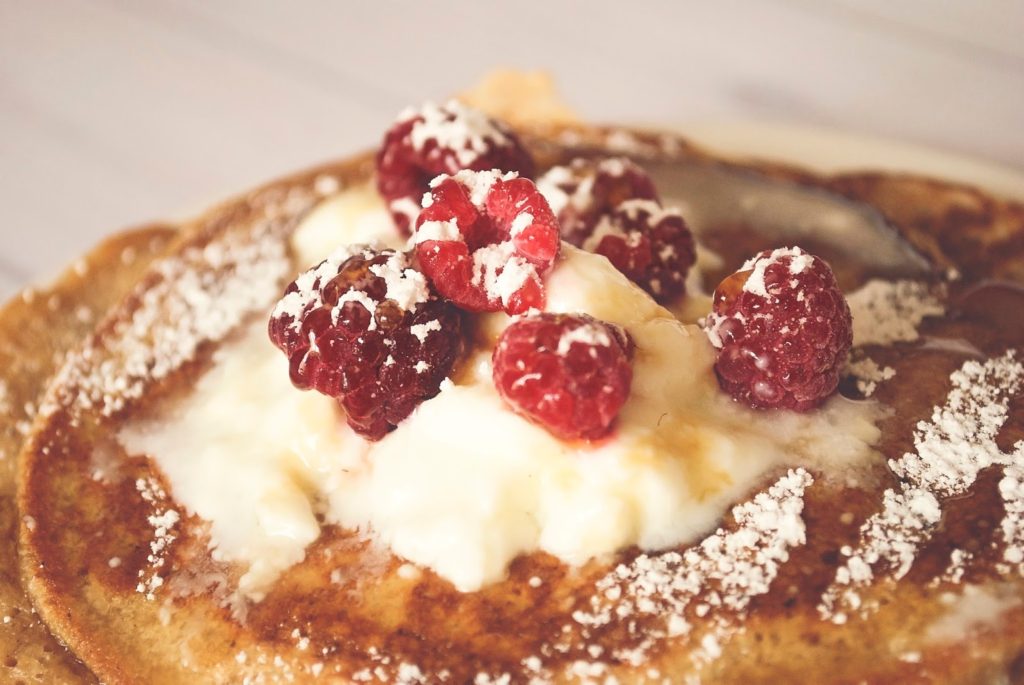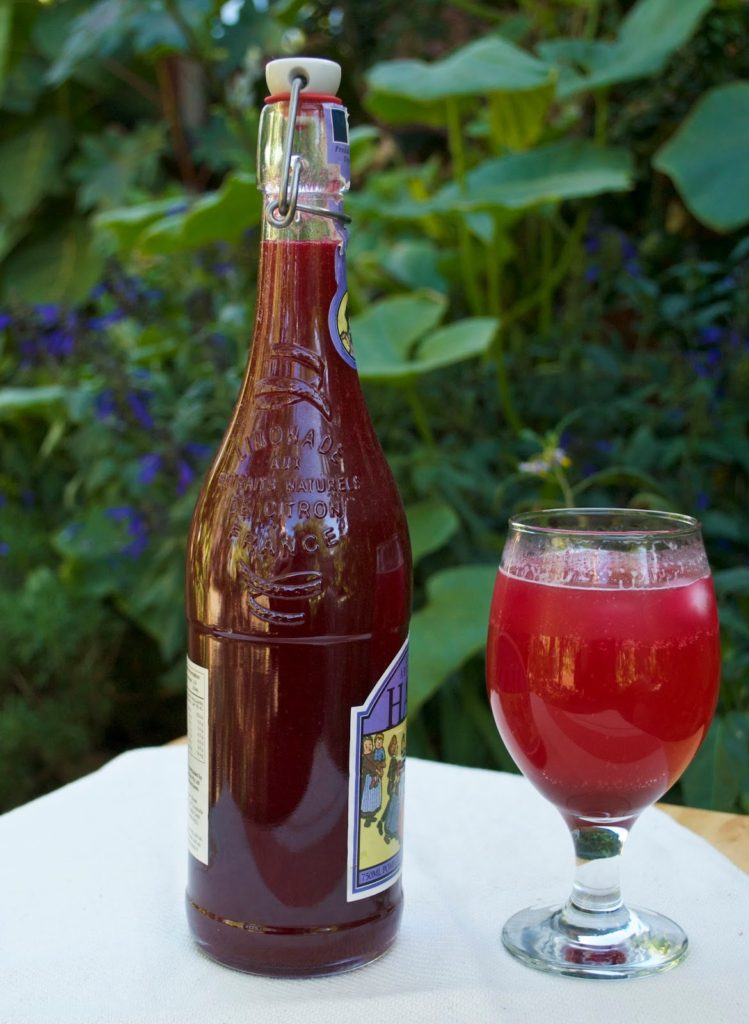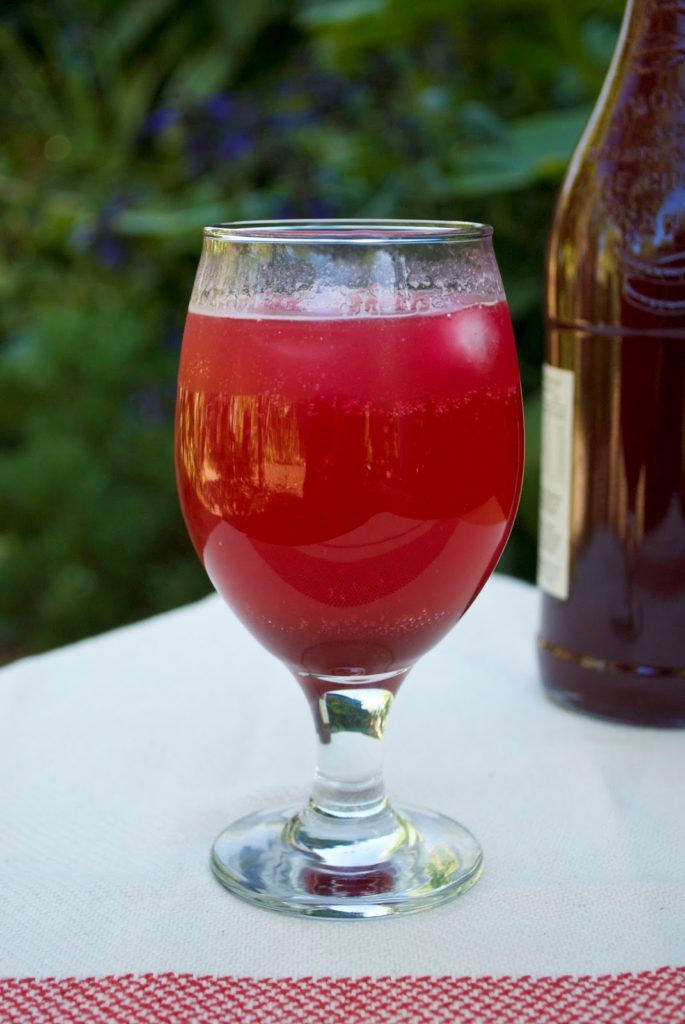Uncategorized
Life and Learning at home
Every now and then I write down some of the things we’ve done in a day. Especially if I’m feeling the kids haven’t focused enough on academics or, the ever gnawing feeling at many a homeschool Mum, that they haven’t learned enough.
Today it was challenging to write that list, there was too much! I thought I’d share with you some of what we did to give an idea of an average day and to show you that even if you don’t feel like you’ve done a lot, it’s pretty amazing when you reflect back.
Youtube channel update
Another is an explanation of sett, which can be confusing to new weavers. The next is how to determine sett for your project. And then, just for fun I have a slideshow of some of my weaving to inspire you!
I have so many ideas for more videos, but there are limiting factors – chiefly lack of time and money! I’ll keep building where I can and I do have what I hope will be a really exciting series of videos planned, so stay tuned for more information!
Whey, sourdough, yeasted – what should I call this bread recipe!
I made this bread as an experiment today and it was a success. It’s a little unconventional in the combination of ingredients, but it works, so here is the recipe!
Ingredients
450 grams wholemeal flour (freshly ground if possible)
50 grams rye flour
500 grams white plain flour
2 teaspoons yeast
1/4 cup sourdough starter
200ml whey, room temperature
2 teaspoons salt
2 tablespoons of honey
3 tablespoons sunflower oil
500ml warm water
Method
Place all dry ingredients in a large mixing bowl. Add sourdough starter and whey. Start up your mixer with a dough hook (or mix with wooden spoon if mixing by hand). Mix honey and oil with warm water and gradually add to mix. Continue to mix on low for 10 minutes, or mix by hand until combined and then knead for 10 minutes or until elastic.
Place dough in an oiled bowl and cover with glad wrap. Allow to double in size (usually an hour depending on the weather).
Divide dough into 2 loaves and shape either into bread tins or into rounds on a tray. If using tins, be sure to oil them or for trays, use good quality baking paper to avoid any sticking. Cover with glad wrap once again and allow to sit for another 45 minutes – 1 hour.
In the meantime, preheat oven to 250 degrees (C).
Slash tops of loaves with a sharp knife or razor blade and place in oven. Set the timer for 5 minutes.
Turn oven down to 220 deg (C) and bake for a further 30 minutes*.
Turn out and cool on wire rack.
* Due to the wholemeal flour, your loaves may brown more than you would like. If they start to brown too much, cover with a large piece of foil for the remainder of the baking time.
Labneh
Whole wheat raspberry and banana hot cakes
Surface embroidery on 5/1 Spot Lace for a Rigid Heddle Loom
This is the companion video to the one on spot lace. It shows how you can take your weaving further by using surface embroidery techniques. Easy to follow, easy to do but visually stunning!
5/1 spot lace on a rigid heddle loom
I’m doing well with the videos this week! This one is for 5/1 spot lace and is a companion video for another new one on surface embroidery. Enjoy!
Krokbragd waves video tutorial
My newest video is now live!
Prickly Pear syrup recipe
I’ve been doing some research into Navajo natural dyeing techniques – prickly pear fruit with it’s fabulous, vivid magenta to strong pink colour would be an obvious choice.
I was afraid of the possible, painful consequences of harvesting the fruit, but following some instruction from my somewhat experienced husband, I went ahead and I’m so glad I did. Harvesting and preparation instructions are here.
Not only did I pick and prepare enough fruit to start my yarn dyeing experiment, I also came up with a delicious syrup! Here is the recipe for you:
Ingredients:
1.1kg ripe prickly pear fruit
500grams white sugar
1 teaspoon citric acid
Method:
When the fruit is prepared and peeled (see harvesting and preparation method here) chop each fruit into 3 and blend in a food processor. No food processor? Place in a bowl and mash really well with a potato masher. Place a strainer or colander over a large saucepan. Strain the juice, leaving the seeds in the strainer. Use a spoon to push through all that goodness.
Once you have your juice, add the sugar and citric acid. Warm over a low heat until sugar in dissolved, then increase heat to medium until the liquid comes to a light boil. Boil for no more than 5 minutes.
Allow to cool, poor into a glass bottle or similar and keep in the fridge.
Uses:
Can be used as a cordial, just mix with water, mix with mineral water and ice for a refreshing drink, drizzle over ice-cream, yoghurt, pancakes, waffles or fruit salad. Anything you would use a fruit syrup for, this syrup can be used.
Hope you enjoy it!

